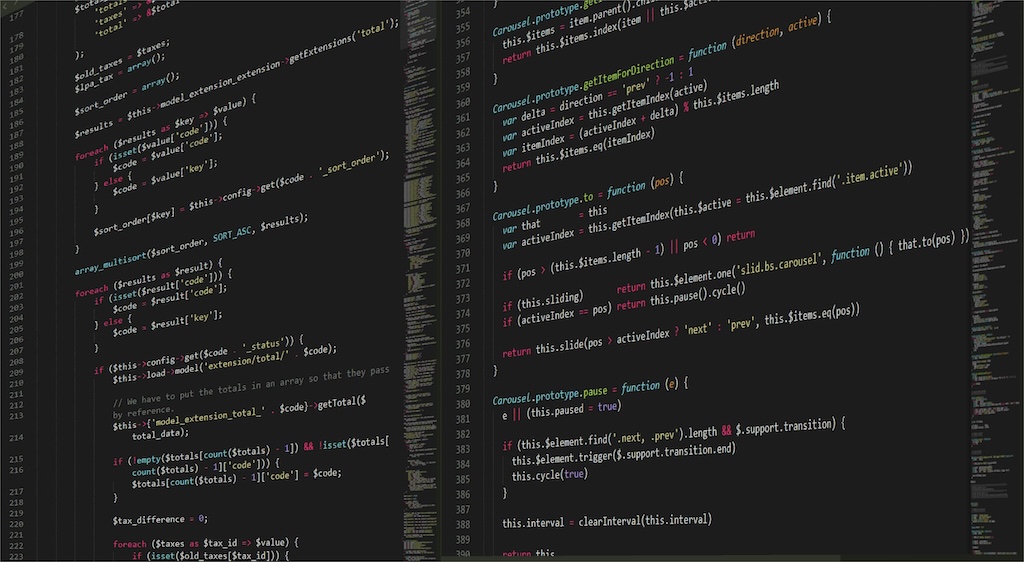
24 July 2024
Request your demo of the Sigrid® | Software Assurance Platform:

4 min read
Written by: Software Improvement Group

In today’s digital world, every company relies on software in some way or form. But how can organizations like yours be sure that it will work like it’s supposed to? And –maybe just as important, if not more– how can we be sure that it is reliable, safe, secure, future-proof, and scalable?
In a nutshell, that’s where Software Quality Management (SQM) comes in: The ongoing process of ensuring software does what it’s supposed to and is built properly.
Simply put, neglecting software quality exposes your business to significant risks and unnecessary costs. and the examples are endless: Take the well-known 2021 ransomware attack on Colonial Pipeline which shut down one of the US’s largest and most vital oil pipelines for six full days. Or more recently, how United Airlines saw service outages in 2023 resulting from wonky software upgrades, or how ChatGPT was taken offline due to a bug in an open-source library that allowed some users to see titles from another active user’s chat history.
The pace of technological change means there’s immense pressure on business technology leaders to drive innovation.
While most companies understand the importance of releasing new features and reducing time-to-market, they should also remember how important it is to look critically at the construction of the software itself.
Managing software quality positions your organization to do just that. It allows you to confidently manage risk, stay compliant, reduce costs, and make data-backed decisions to thrive in the competitive digital economy.
But, what exactly is Software Quality Management? Here’s everything you need to know.

Before jumping into Software Quality Management, it’s important to understand the concept of software quality itself. Software quality is about how well a software product meets its requirements and satisfies the needs of its users. It involves both the software itself and the processes used to build it.
When thinking about software quality, it can be helpful to consider it from three angles:
This focuses on how well the software does what it is intended to do for its users. Does it fulfill its specific requirements? Is it user-friendly? Are there any bugs affecting its reliability, security, or functionality? Does its performance lag?
Here, we’re looking at how well the code itself is structured. Is it organized in a way that allows for testing? Can you modify the code without introducing bugs? Is the code base readable, efficient, and secure?
This looks at the effectiveness of the development process itself. Was the product delivered on time and within budget? Is the process repeatable and capable of delivering value over time?

For business technology leaders, taking a holistic approach to software quality is crucial.
Simply ensuring software functions correctly from the ‘outside in’ is not enough. It’s also especially important to examine software from the ‘inside out’ – your code, your processes, and your architecture, too.
Doing so ensures your organization is built on a solid foundation of quality, enhancing its resilience and overall business value.
While it’s true that tech companies with a poor organizational understanding of code quality can launch more quickly and might even see short-term success. But in doing so, they start creating something called technical debt.
Technical debt (also known as code debt, or tech debt) is what happens when prioritizing speedy delivery over quality. Recently, The New York Times described it as the “The Invisible $1.52 Trillion Problem”.
Just because a piece of software functions, doesn’t mean it’s constructed well. Every time the code is altered this invisible debt grows. As a result, development teams will have to continuously spend their precious and costly time on maintenance, debugging, or refactoring the code to keep the software operational.
Did you know that 41% of enterprise IT budgets are consumed by managing technical debt?
Old and complicated code piles up and can impact functionality but can also severely raise the risk of hacks and other breaches.

Now we’ve got a good understanding of software quality in general, let’s explore how Software Quality Management fits in. There is a lot to it, but without getting too technical or complicated:
Software Quality Management (SQM) is the process of ensuring that software quality is embedded throughout the entire software development life cycle.
In other words, it helps you develop software that meets high-quality requirements, performs as expected, provides a positive user experience, complies with regulatory standards, and aligns with your business goals. SQM involves overseeing and enhancing all aspects of software development, deployment, and maintenance to meet and exceed the needs of users.
A well-structured SQM approach is typically composed of the following activities:
Let’s dive deeper so that you can understand what those mean and how they differ from each other.

Software Quality Assurance (SQA), is all about prevention. It involves introducing standards, creating guidelines, and improving processes throughout the software development lifecycle to ensure software meets your quality criteria.
A well-designed QA process ensures everyone understands the requirements, responsibilities, and processes to perform their work. Its ultimate goal is to prevent defects rather than identify them through testing to save time and money.
Software Quality Planning (SQP) is about being proactive. In a way, SQP can be compared to project management. Where SQA is all about setting the standards, guidelines, and processes, SQP is ensuring that those are included in the planning of the project by creating a quality plan.
A quality plan frequently includes a description of the quality control activities that must be completed, including when, who should perform them, which techniques should be utilized, and what resources are required.
This quality plan will help you identify and address potential quality issues before they impact the final product and ensure that the software meets the required standards at every stage of the software development lifecycle.
Software Quality Control, or SQC is reactive in nature. It’s following the quality plan to ensure the quality assurance standards are met. It is the element of Software Quality Management that verifies whether a software product complies with the requirements set during the SQA process by following the SQP.
From code reviews to rigorous testing activities, SQC’s ultimate goal is to find and fix bugs before the software is pushed to production.

Implementing software quality management is essential for any organization that aims to not only survive but thrive in today’s competitive and digital economy.
Effective implementation of SQM will help your organization build a software excellence culture that ultimately, contributes to your business’s long-term success.
Author:

We'll keep you posted on the latest news, events, and publications.